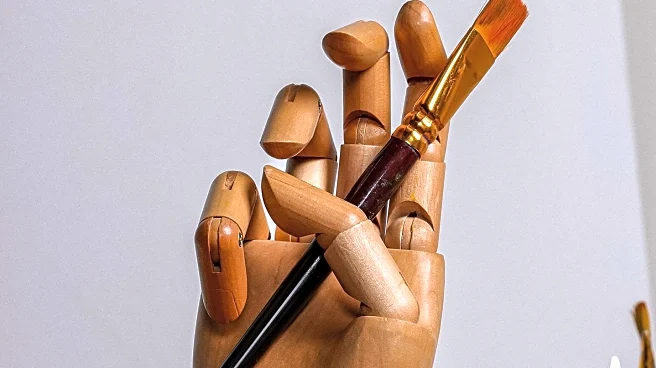What is the story about?
What's Happening?
The Galileo Museum in Florence is showcasing the preserved middle finger of astronomer Galileo Galilei, sparking discussions on the human obsession with collecting historical artifacts. The finger, severed from Galileo's corpse in 1737, is displayed alongside other body parts in the museum. Historian James Delbourgo describes the exhibit as akin to a religious relic, highlighting the complex motivations behind collecting, from scientific curiosity to personal obsession. The exhibit is part of a broader narrative explored in Delbourgo's book, 'A Noble Madness,' which examines the psychological and cultural aspects of collecting.
Why It's Important?
The exhibit of Galileo's finger raises important questions about the ethics and motivations behind collecting historical artifacts. It highlights the fine line between preserving history and exploiting it for personal or commercial gain. This discussion is relevant in today's context, where the provenance of many museum collections is being scrutinized. The exhibit also underscores the role of collectors in preserving knowledge and history, which can contribute positively to cultural heritage. However, it also prompts a reevaluation of how these collections are acquired and displayed, potentially influencing future museum practices and policies.
AI Generated Content
Do you find this article useful?















